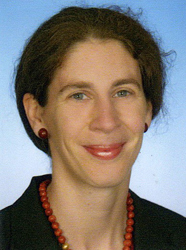- Volume 45 | Permalink
- Print article
- Download PDF 1.3mb
Author’s Note: The material in this paper was first presented at a panel called “Mobile Merchants, Temple Communities, and the Transmission of Architectural Knowledge in Medieval India” during the fifteenth conference of the American Council of Southern Asian Art (ACSAA) in Minneapolis in September 2011. I thank the German Research Foundation (DFG), which has supported my research on Jaina temple architecture in India through its Emmy Noether-Programme since 2002. I am grateful to the Chandaria family in London and their relatives in East Africa for allowing me to reproduce figures 21a, 21b, and 22. Figures 23 and 24 are reproduced with gratitude to Verena Bodenstein. All other photographs in this chapter are by the author.
Ars Orientalis Volume 45
Permalink: https://doi.org/10.3998/ars.13441566.0045.005
For more information, read Michigan Publishing's access and usage policy.


